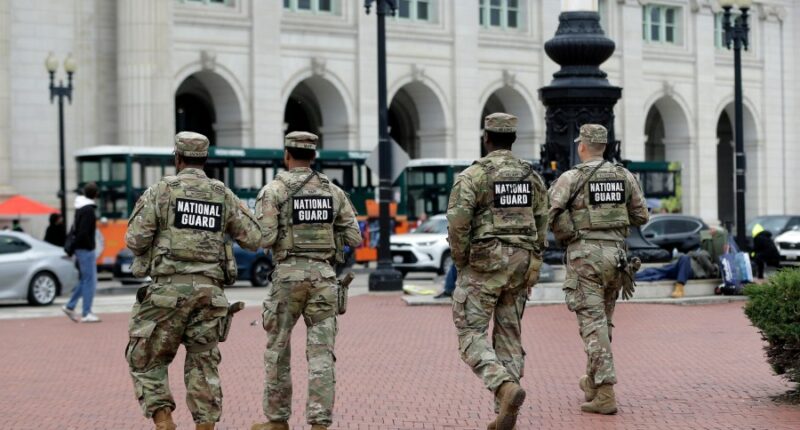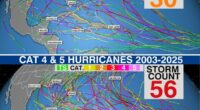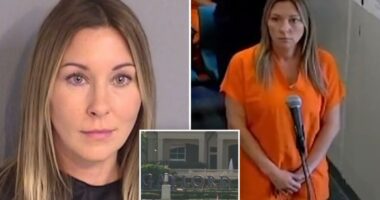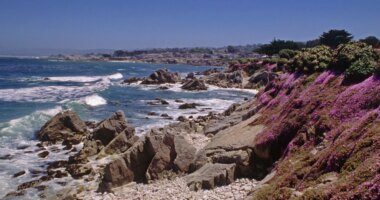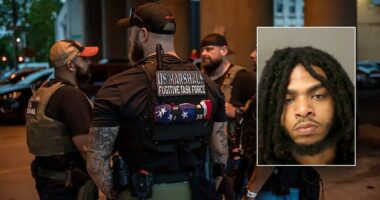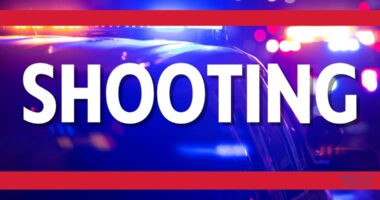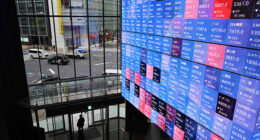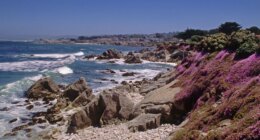Share this @internewscast.com

In a move underscoring the Trump administration’s commitment to rapidly deploy military personnel domestically, military officials have mandated the National Guard in all states to establish “quick reaction forces” for addressing civil unrest and riots. This directive signals a strategic shift toward the President’s vision of a more robust military presence on U.S. streets.
Recently circulated memos instruct Guard units across the 50 states and U.S. territories—excluding the District of Columbia—to enroll soldiers in specialized training. These courses cover the adept use of batons, body shields, stun guns, and pepper spray, equipping troops to handle disturbances effectively.
The documents, signed by Major Gen. Ronald Burkett, the National Guard’s operations director, outline the formation of these forces. Typically, each state is expected to prepare a contingent of around 500 soldiers, contributing to a total force exceeding 23,000 troops nationwide. In contrast, Washington, D.C., is tasked with maintaining a “specialized” military police battalion comprising 50 National Guard personnel on active duty.
This initiative follows President Donald Trump’s broader agenda to leverage the military in tackling illegal immigration and crime. It reflects a continuation of his approach to deploying the National Guard in American cities, a move often met with resistance from Democratic local authorities.
The memos, initially reported by The Guardian, are linked to an executive order signed by Trump in August that instructed the Pentagon to establish rapid deployment forces. This executive order is cited as a foundational authority for the current directive. However, the Pentagon has yet to provide comments on the matter.
While the National Guard has historically maintained troops ready for immediate deployment, traditionally responding to natural disasters, this new directive marks a significant pivot towards civil disturbance preparedness, incorporating specialized training not previously emphasized.
The new, specialized quick reaction forces will be able to deploy a fourth of all their troops within eight hours and all of those assigned to the units within a day, according to the memo.
During a roundtable at the White House last week with homeland security officials, Defense Secretary Pete Hegseth was asked about a memo detailing similar plans. Hegseth said he would not comment on the “particulars” but went on to say that there were “multiple layers of National Guard response forces.”
“We’ve got a lot of different ways that, constitutionally and legally, we can employ” Guard troops, and “we will do so when necessary,” Hegseth said.
While Trump has sent the National Guard into cities including Los Angeles and D.C., his efforts to deploy troops in other places have faced swift legal challenges. The Trump administration is blocked from sending troops into the Chicago area until at least the latter half of November, following a U.S. Supreme Court order calling on the sides to file additional legal briefs. And a federal trial seeking to block a troop deployment in Portland, Oregon, got underway this week.
The memos, which were sent out to the states early this month, mandate that each state and territory have its quick reaction forces operational by Jan. 1, 2026. To help with that goal, units will be provided 100 sets of crowd control equipment as well as two full-time trainers by the National Guard Bureau.
The units also will be allowed to use an additional five days of training for soldiers to get through the “Interservice Nonlethal Individual Weapons Instructor Course.”
According to one of the memos, the initial portion of the course includes topics like “crowd management techniques,” “domestic civil disturbance training,” and “proper use of baton and body shields.” The intermediate portion focuses on the use of non-lethal weapons like Tasers and pepper spray.
Each National Guard unit is required to update military leaders monthly on its progress in meeting this new mandate.
